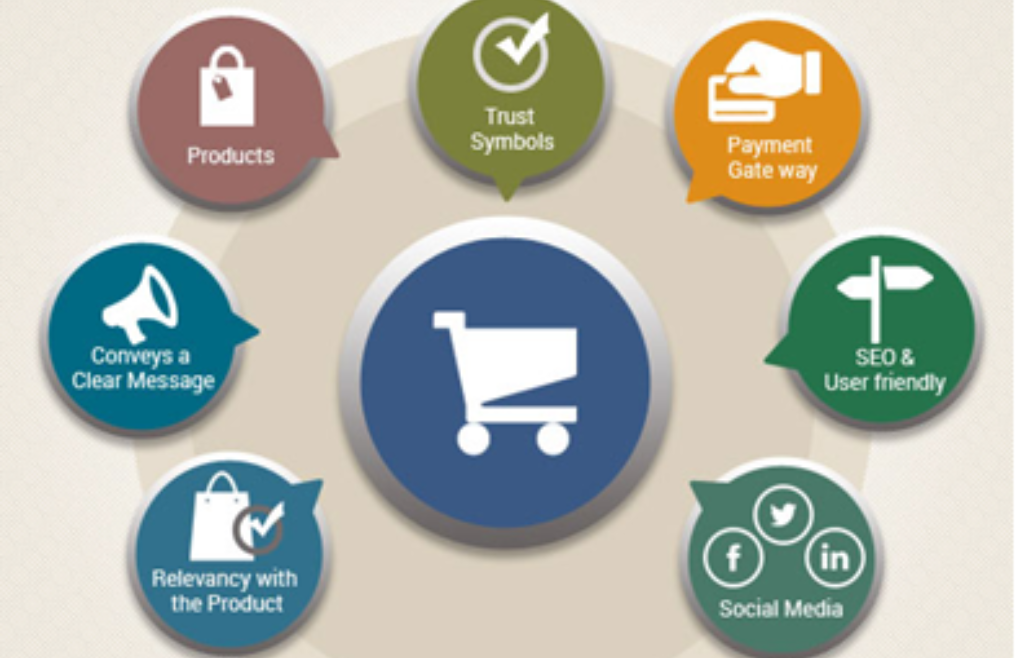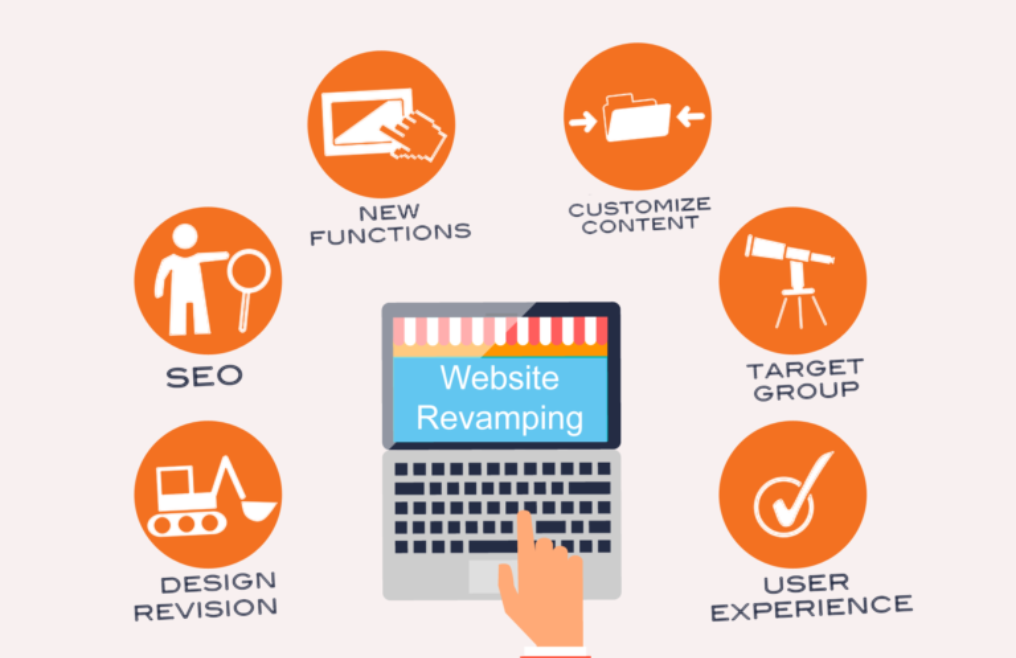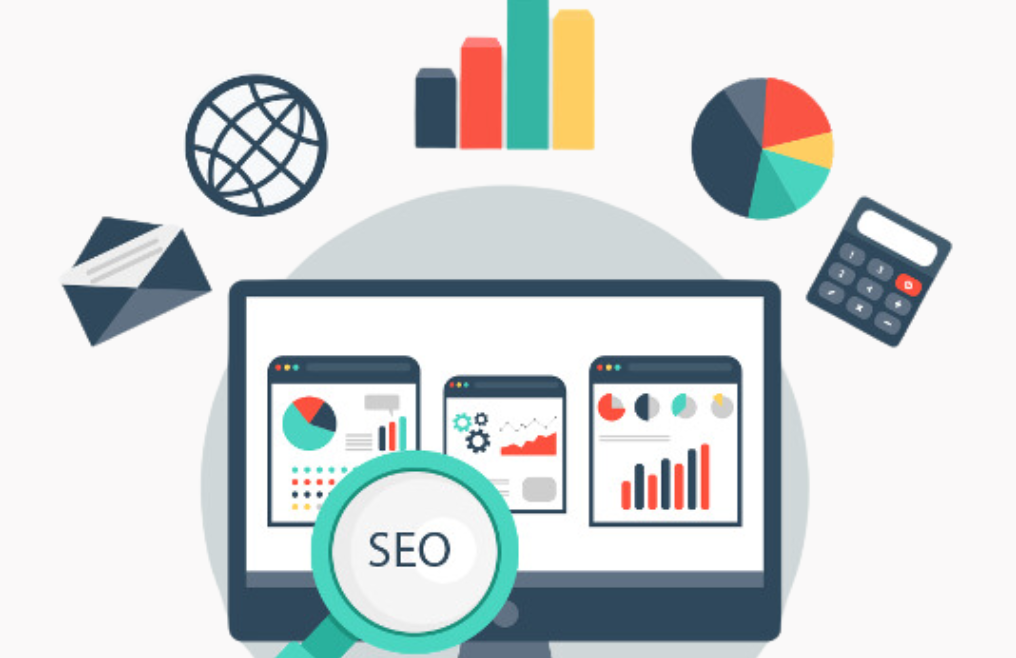Excerpt: Learn how the rise of micro-influencers and blockchain technology is reshaping the marketing world, fostering trust, and enhancing authenticity in the digital age.
Building Trust in a Digital World: The Rise of Micro-Influencers and Blockchain in Marketing
In today’s fast-paced digital landscape, trust is more important than ever. Consumers are bombarded with advertisements and marketing messages, making it challenging for brands to stand out and build genuine connections. Two emerging trends, micro-influencers, and blockchain technology, are proving to be game-changers in the quest to build trust and authenticity in marketing.
The Power of Micro-Influencers
Who Are Micro-Influencers?
Micro-influencers are individuals who have a modest but highly engaged following on social media, typically ranging from 1,000 to 100,000 followers. Unlike mega-celebrities, micro-influencers often specialize in niche markets, allowing them to build closer, more personal relationships with their audience.
Why Micro-Influencers Matter
- Authenticity and Trust: Micro-influencers are often seen as more relatable and genuine than traditional celebrities. Their content typically appears more authentic because they interact personally with their audience, sharing daily life experiences and insights.
- Higher Engagement Rates: Studies have shown that micro-influencers tend to have higher engagement rates than their macro counterparts. This means that their followers are more likely to interact with their posts, leading to more meaningful connections and better ROI for brands.
- Cost-Effective: Partnering with micro-influencers is typically more affordable than working with major influencers or celebrities. This allows brands, especially smaller ones, to leverage influencer marketing without breaking the bank.
- Targeted Audience: Micro-influencers typically cater to a specific niche, making it easier for brands to effectively reach particular demographic groups. Whether targeting fitness buffs, culinary aficionados, or technology enthusiasts, there is a micro-influencer for almost every specialized group.
- Sustained Partnerships: Micro-influencers tend to form lasting relationships with brands. These continuous collaborations foster greater brand loyalty and ensure consistent messaging. Moreover, enduring partnerships enhance trust and credibility among the influencer’s followers.
Case Study: A Successful Micro-Influencer Campaign
Consider the case of a skincare brand that partnered with several micro-influencers in the beauty niche. By sending them products to review and share on their social media channels, the brand saw a significant increase in engagement and sales. The micro-influencer’s genuine reviews and personal recommendations resonated with their followers, driving more authentic interactions and conversions.
Blockchain Technology in Marketing
What is Blockchain?
Blockchain is a decentralized digital ledger technology that records transactions across multiple computers securely and transparently. It’s best known for being the underlying technology behind cryptocurrencies like Bitcoin, but its applications extend far beyond digital currencies. By decentralizing the storage and management of data, blockchain reduces the risk of data breaches and ensures that information remains secure and tamper-proof. Each block in the chain contains a record of transactions, and once a block is added, it cannot be altered. This immutability makes blockchain an ideal solution for verifying authenticity and maintaining a transparent record of activities.
How Blockchain Enhances Trust
Transparency: Blockchain technology offers unparalleled transparency. Each transaction or interaction is recorded in a way that cannot be altered or deleted, providing a clear and unchangeable audit trail. This transparency helps build trust between brands and consumers.
Data Security: In an era where data breaches are all too common, blockchain provides a secure way to handle data. By decentralizing data storage, blockchain reduces the risk of hacking and unauthorized access, ensuring that consumer information remains safe.
Authenticity Verification: Blockchain can be used to verify the authenticity of products and services. For example, luxury brands can use blockchain to track the journey of a product from manufacturing to the end consumer, ensuring that the product is genuine and not counterfeit.
Case Study: Blockchain in Supply Chain Management
A luxury goods manufacturer implemented blockchain to track their products throughout the supply chain. By assigning each product a unique digital identifier recorded on the blockchain, the company could assure customers of the product’s authenticity. This not only helped in fighting counterfeit goods but also built immense trust with consumers, who could verify the authenticity of their purchases.
Combining Micro-Influencers and Blockchain for Ultimate Trust
While micro-influencers and blockchain individually enhance trust and authenticity, combining them can take marketing to the next level.
Verified Influencer Authenticity: Blockchain technology enables brands to authenticate the genuineness of micro-influencers’ audiences and engagement levels. This verification ensures that the influencers maintain authentic, active followings and are not enhancing their metrics with artificial followers or bots.
Transparent Campaigns: Blockchain can provide transparency in influencer marketing campaigns by recording all interactions and transactions on an immutable ledger. Brands and influencers can share this transparency with their audiences, enhancing trust and credibility.
Enhanced Consumer Confidence: When consumers know that a brand uses both authentic influencers and secure, transparent technology like blockchain, their confidence in the brand grows. This dual approach to building trust can lead to higher engagement, loyalty, and conversion rates.
Example: A Combined Approach
A health and wellness brand debuts a new product and collaborates with micro-influencers for genuine promotion. They utilize blockchain to monitor the entire marketing effort, documenting the influencers’ engagement metrics, the authenticity of their followers, and the overall campaign outcomes. This transparent process is made accessible to consumers, allowing them to observe the real effects of the campaign and build trust in both the influencers and the brand.
Conclusion: Embracing the Future of Marketing
As the digital landscape continues to evolve, building trust remains a cornerstone of successful marketing. The rise of micro-influencers and blockchain technology offers innovative ways to foster authenticity and transparency. By leveraging these trends, brands can create deeper, more meaningful connections with their audiences.
Excited to embrace the future of digital marketing? Websoft Techno offers a wide range of services including digital marketing, branding & strategy, and web & mobile app design. Visit our website Websoft Techno or call us at +91 9850944480 or 099224 42272 to book your consultation. Or visit us at Office No 301, Third Floor, Ganga Collidium Phase 1, Ganga Dham Chowk, Market Yard, Pune – 411037. Let’s harness the power of future trends to drive your success!










